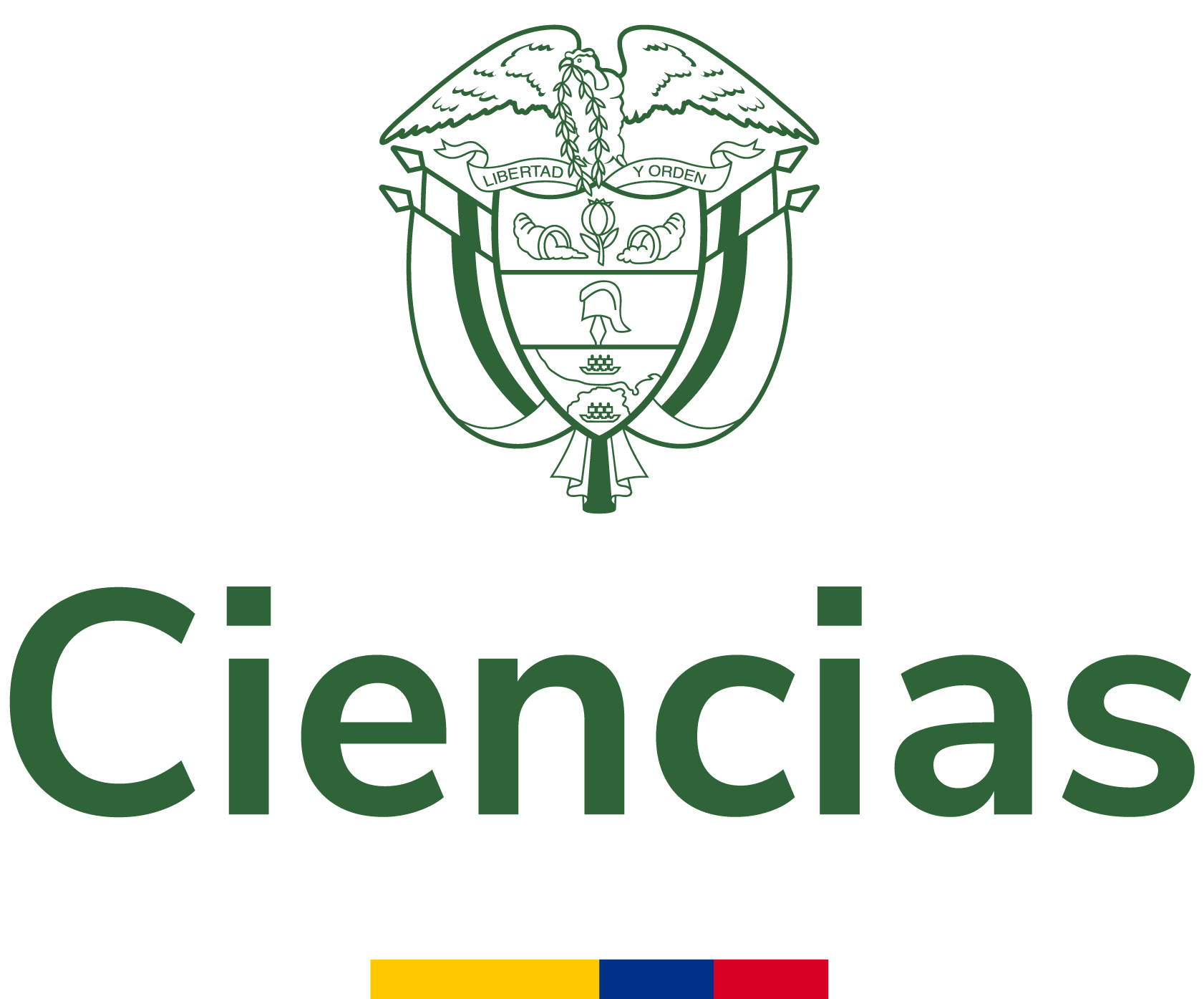Evaluating the Usability of Interactive Digital Television Applications from a Collaborative Approach
Usability evaluation of an interactive software system is one of the most important stages inside the user- centered design. Usability evaluation methods (UEM) are quite diverse, there are variables like costs, time availability, human resources, etc., that are important to take into accoun...
- Autores:
- Tipo de recurso:
- Fecha de publicación:
- 2019
- Institución:
- Universidad Católica de Pereira
- Repositorio:
- Repositorio Institucional - RIBUC
- Idioma:
- spa
- OAI Identifier:
- oai:repositorio.ucp.edu.co:10785/13520
- Acceso en línea:
- https://revistas.ucp.edu.co/index.php/entrecienciaeingenieria/article/view/679
http://hdl.handle.net/10785/13520
- Palabra clave:
- Rights
- openAccess
- License
- Derechos de autor 2019 Entre Ciencia e Ingeniería
| id |
RepoRIBUC_4f44364ab40a304789ceb61aa3461bc0 |
|---|---|
| oai_identifier_str |
oai:repositorio.ucp.edu.co:10785/13520 |
| network_acronym_str |
RepoRIBUC |
| network_name_str |
Repositorio Institucional - RIBUC |
| repository_id_str |
|
| spelling |
Evaluating the Usability of Interactive Digital Television Applications from a Collaborative ApproachEvaluando la Usabilidad de Aplicaciones de Televisión Digital Interactiva desde una Perspectiva ColaborativaUsability evaluation of an interactive software system is one of the most important stages inside the user- centered design. Usability evaluation methods (UEM) are quite diverse, there are variables like costs, time availability, human resources, etc., that are important to take into account. A large number of UEM can be used to evaluate interactive digital television (iTV) applications, but questions arise when deciding which method or combination of methods give more relevant information. In that sense, this paper discusses a methodological proposal to guide the usability evaluation of iTV applications, which consists of UEM that integrates collaborative processes in order to improve the stringency and consistency in the analysis of results.La evaluación de usabilidad de un sistema software interactivo es una de las etapas más importantes dentro del diseño centrado en el usuario. Los métodos de evaluación de usabilidad – MEU son bastante diversos y su realización depende de variables tales como: costos, disponibilidad de tiempo, recursos humanos, etc. Un gran número de MEU pueden utilizarse para evaluar aplicaciones de Televisión Digital Interactiva - TDi, pero la incógnita está en el nivel de lainformación que brinda cada uno de ellos y/o la combinación de unos con otros. En ese sentido, este artículo presenta una propuesta metodológica que guía la evaluación de la usabilidad de aplicaciones de TDi, la cual está conformada por MEU que integran procesos colaborativos, con el objetivo de mejorarla rigurosidad y consistencia en el análisis de resultados. Este trabajo evidencia que la utilización de MEU que integran procesos colaborativos permite obtener resultados más ricos en contenido respecto a los MEU tradicionalmente definidos.Universidad Católica de Pereira2023-08-29T03:49:14Z2023-08-29T03:49:14Z2019-07-27Artículo de revistahttp://purl.org/coar/resource_type/c_6501http://purl.org/coar/version/c_970fb48d4fbd8a85info:eu-repo/semantics/articleinfo:eu-repo/semantics/publishedVersionhttp://purl.org/coar/resource_type/c_2df8fbb1application/pdfhttps://revistas.ucp.edu.co/index.php/entrecienciaeingenieria/article/view/679http://hdl.handle.net/10785/13520Entre ciencia e ingeniería; Vol 6 No 12 (2012); 43-49Entre Ciencia e Ingeniería; Vol. 6 Núm. 12 (2012); 43-49Entre ciencia e ingeniería; v. 6 n. 12 (2012); 43-492539-41691909-8367spahttps://revistas.ucp.edu.co/index.php/entrecienciaeingenieria/article/view/679/683Derechos de autor 2019 Entre Ciencia e Ingenieríahttps://creativecommons.org/licenses/by-nc/4.0/deed.es_EShttps://creativecommons.org/licenses/by-nc/4.0/deed.es_ESinfo:eu-repo/semantics/openAccesshttp://purl.org/coar/access_right/c_abf2Solano, Andrés F.Collazos, Cesar A. CollazosArciniegas, José L.oai:repositorio.ucp.edu.co:10785/135202025-01-27T23:58:32Z |
| dc.title.none.fl_str_mv |
Evaluating the Usability of Interactive Digital Television Applications from a Collaborative Approach Evaluando la Usabilidad de Aplicaciones de Televisión Digital Interactiva desde una Perspectiva Colaborativa |
| title |
Evaluating the Usability of Interactive Digital Television Applications from a Collaborative Approach |
| spellingShingle |
Evaluating the Usability of Interactive Digital Television Applications from a Collaborative Approach |
| title_short |
Evaluating the Usability of Interactive Digital Television Applications from a Collaborative Approach |
| title_full |
Evaluating the Usability of Interactive Digital Television Applications from a Collaborative Approach |
| title_fullStr |
Evaluating the Usability of Interactive Digital Television Applications from a Collaborative Approach |
| title_full_unstemmed |
Evaluating the Usability of Interactive Digital Television Applications from a Collaborative Approach |
| title_sort |
Evaluating the Usability of Interactive Digital Television Applications from a Collaborative Approach |
| description |
Usability evaluation of an interactive software system is one of the most important stages inside the user- centered design. Usability evaluation methods (UEM) are quite diverse, there are variables like costs, time availability, human resources, etc., that are important to take into account. A large number of UEM can be used to evaluate interactive digital television (iTV) applications, but questions arise when deciding which method or combination of methods give more relevant information. In that sense, this paper discusses a methodological proposal to guide the usability evaluation of iTV applications, which consists of UEM that integrates collaborative processes in order to improve the stringency and consistency in the analysis of results. |
| publishDate |
2019 |
| dc.date.none.fl_str_mv |
2019-07-27 2023-08-29T03:49:14Z 2023-08-29T03:49:14Z |
| dc.type.none.fl_str_mv |
Artículo de revista http://purl.org/coar/resource_type/c_6501 http://purl.org/coar/version/c_970fb48d4fbd8a85 info:eu-repo/semantics/article info:eu-repo/semantics/publishedVersion |
| dc.type.coar.fl_str_mv |
http://purl.org/coar/resource_type/c_2df8fbb1 |
| status_str |
publishedVersion |
| dc.identifier.none.fl_str_mv |
https://revistas.ucp.edu.co/index.php/entrecienciaeingenieria/article/view/679 http://hdl.handle.net/10785/13520 |
| url |
https://revistas.ucp.edu.co/index.php/entrecienciaeingenieria/article/view/679 http://hdl.handle.net/10785/13520 |
| dc.language.none.fl_str_mv |
spa |
| language |
spa |
| dc.relation.none.fl_str_mv |
https://revistas.ucp.edu.co/index.php/entrecienciaeingenieria/article/view/679/683 |
| dc.rights.none.fl_str_mv |
Derechos de autor 2019 Entre Ciencia e Ingeniería https://creativecommons.org/licenses/by-nc/4.0/deed.es_ES https://creativecommons.org/licenses/by-nc/4.0/deed.es_ES info:eu-repo/semantics/openAccess http://purl.org/coar/access_right/c_abf2 |
| rights_invalid_str_mv |
Derechos de autor 2019 Entre Ciencia e Ingeniería https://creativecommons.org/licenses/by-nc/4.0/deed.es_ES http://purl.org/coar/access_right/c_abf2 |
| eu_rights_str_mv |
openAccess |
| dc.format.none.fl_str_mv |
application/pdf |
| dc.publisher.none.fl_str_mv |
Universidad Católica de Pereira |
| publisher.none.fl_str_mv |
Universidad Católica de Pereira |
| dc.source.none.fl_str_mv |
Entre ciencia e ingeniería; Vol 6 No 12 (2012); 43-49 Entre Ciencia e Ingeniería; Vol. 6 Núm. 12 (2012); 43-49 Entre ciencia e ingeniería; v. 6 n. 12 (2012); 43-49 2539-4169 1909-8367 |
| institution |
Universidad Católica de Pereira |
| repository.name.fl_str_mv |
|
| repository.mail.fl_str_mv |
|
| _version_ |
1844494755857170432 |






